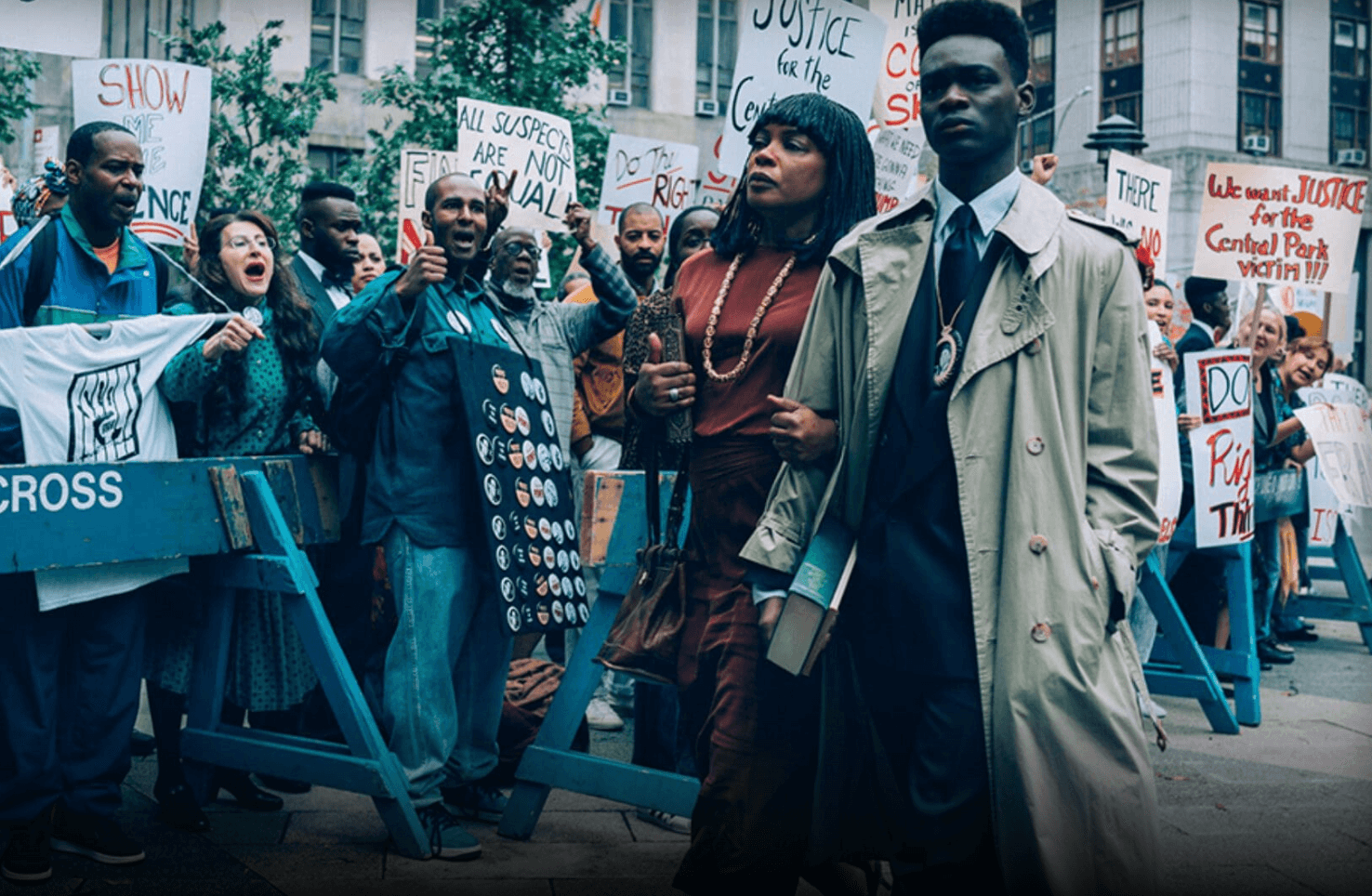ImpactAlpha, Oct. 21 – For want of a nail…the kingdom was lost, as the old proverb goes. For want of $100 billion, a global climate agreement may be lost.
Whether wealthy nations will meet their (repeated) promise to deliver $100 billion a year to help developing nations address climate changes may determine the fate of the COP26 global climate summit kicking off in Glasgow in 10 days.
In the end, the G20 developed nations are likely to cough up at least another promise to provide the funds. But the dragged-out debate has sapped the energy and cast a pall over the coming conference of the parties.
And the $100 billion a year figure is only a political construct, originally floated to rally support for the 2015 Paris climate agreements. The funding required to help developing countries mitigate and adapt to global warming is estimated to be many times that amount. And that figure doesn’t reflect the damages suffered by island nations already awash in rising seas and African countries that are seeing some of the world’s steepest temperature gains, although they contributed little to the problem.
Africa’s main negotiator is calling for wealthy nations to raise their payments more than 10-fold, to $1.3 trillion per year by 2030.
“We need a climate finance figure that is ambitious, that is based on science and based on needs,” Zaheer Fakir of the African Group of Negotiators on Climate Change told Reuters.
Mobilizing private capital
Emerging market mitigation and, especially, adaptation may be the mother of all climate funding gaps, especially as wealthy nations face their own hefty climate-related costs.
“This is monumentally expensive at this point right now,” the Fletcher School’s Rachel Kyte told ImpactAlpha. “The only mitigating factor is that it’s going to be much more expensive if we don’t do anything.”
Even with government policies and funding, private sector financing is critical to bridge the yawning gap. And the emerging consensus holds that such private financing depends on ‘catalytic capital’ to mitigate risks of investing in many emerging markets.
“The only way that we’re going to tap into private capital for climate change, particularly in emerging markets, is if we have this risk taking capital coming from donors,” said Ayesha Bery, an author of “The State of Blended Finance,” due from Convergence next week.
An example of such a blended capital is South Africa’s Climate Fund Managers, which has raised close to $1 billion to finance renewable energy projects in Africa, Asia and Latin America via its Climate Investor One facility. The three-pronged model aims to address obstacles that hold back renewable energy projects in developing markets at each stage of the life cycle.
One sub-fund offers technical assistance and environmental and social screening at the earliest stages of a project. Another provides equity finance to see projects through the construction phase. A third pooled refinance fund helps to unlock new capital from institutional investors for post-construction operational debt.
The blended finance facility was developed by FMO, the Netherlands’ development finance institution and the Global Innovation Lab for Climate Finance, and is run by CMF. It has raised funding from the Green Climate Fund as well as commercial banks, asset managers and pension funds. A second fund, Climate Investor Two, focused on water, sanitation, and oceans, is expected to close by year end.
Another example: BlackRock’s $250 million Climate Finance Partnership, which will invest in climate infrastructure in emerging markets. BlackRock raised $112 million in catalytic capital from the governments of France, Germany and Japan and three foundations, which helped to attract investment from European pension fund Dai-ichi Life Insurance, Standard Chartered Bank, and MUFG Bank.
“We’re seeing far-sighted philanthropists and impact investors taking up the space which 25 years ago was the domain of development finance,” said Kyte of The Fletcher School at Tufts University. Development banks, she added, have become “more conservative and have failed to keep pace with aggressive climate funding needs.”
Climate adaptation
Germany and Canada are said to be finalizing a plan to deliver on the $100 billion pledge.
“New pledges, especially of public finance, will be critical for this plan to be credible and increasing the share of adaptation finance should be a priority,” said World Resource Institute’s Lorena González.
Adaptation has been the stepchild to mitigation efforts, such as expanding clean energy. Experts have called for 50% of funding to emerging markets to go towards adaptation efforts, such as restoring natural wetlands and forests, building seawalls or developing drought-resistant crops.
Such projects are typically the province of public sector funding, but corporations and private investors are wading in. The Lowering Emissions by Accelerating Forest finance, or LEAF Coalition, a global coalition of governments and corporations, aims to mobilize at least $1 billion to pay countries and states to protect their forests. Launched by Norway, the U.K. and the U.S. in April, it has attracted participation by companies including Amazon, Airbnb, Bayer, Delta Airlines, GlaxoSmithKline, Nestlé, Salesforce, and Unilever.
Tropical forests store up to a quarter of all the above-ground carbon and represent half of the world’s land-based biodiversity. The LEAF Coalition, coordinated by the nonprofit Emergent, is looking to provide consistent, long-term revenues through results-based payments to countries that protect their forests.











